How bad will the coronavirus crash get?
From 'very bad' to 'we're ****ed': The range of economic outcomes is getting scarier by the day

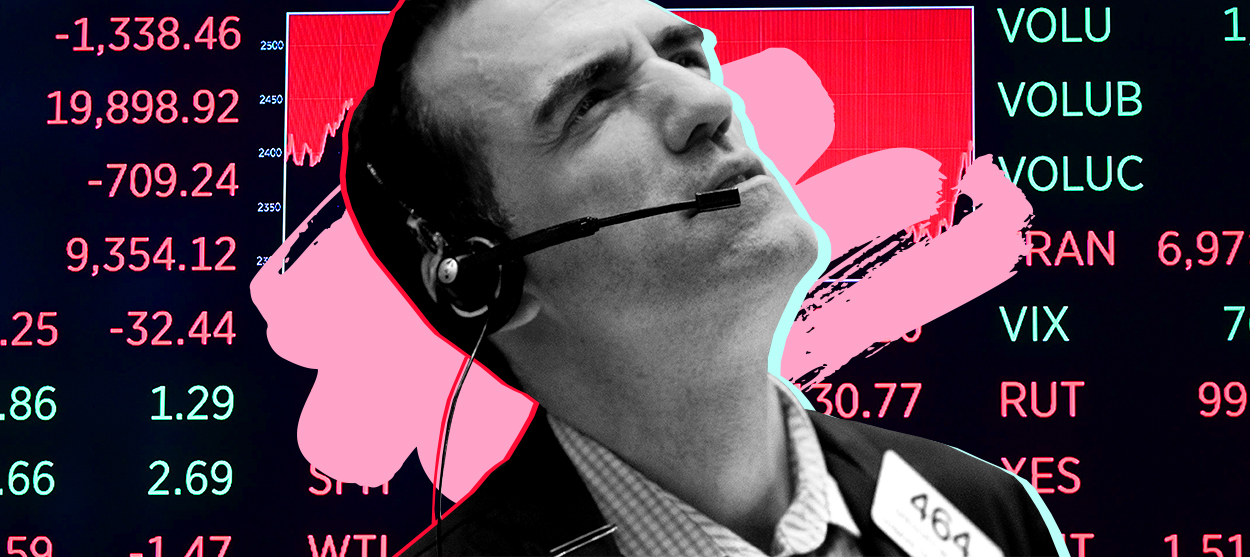
When I set out to write this piece, my goal was to give readers some practical sense of the most likely economic consequences of the coronavirus crisis: a best-to-worst range of outcomes. That proved difficult for a few reasons.
First, we've never really dealt with anything like this, at least in the modern economic era. Second, what happens next depends enormously on the government's actions: how fast, how big, and how well-designed the policy response is.
Third, and this is the tough part to write: The speed at which the projections are getting much worse is simply head-spinning. Numbers that seemed stratospheric days ago are now the mid-to-low range. "Estimates are a little bit all over the place at the moment," Mark Paul, an assistant professor of economic and environmental studies at the New College of Florida, told The Week. "But I think it's clear that the economy is currently in free fall, and without sizable government intervention in the form of large scale fiscal stimulus, we risk having an economic recession or depression that dwarfs the 2008 financial crisis."
The Week
Escape your echo chamber. Get the facts behind the news, plus analysis from multiple perspectives.

Sign up for The Week's Free Newsletters
From our morning news briefing to a weekly Good News Newsletter, get the best of The Week delivered directly to your inbox.
From our morning news briefing to a weekly Good News Newsletter, get the best of The Week delivered directly to your inbox.
With that uplifting introduction, let's try to put some numbers on this thing.
Last week, JP Morgan anticipated the economy would contract by 2 percent in the first quarter of 2020 (January, February, March) and then contract by 3 percent in the second quarter (April, May, June). By Monday, Goldman Sachs said the economy would stop growing in the first quarter, and shrink by 5 percent in the second.
To give you some context: In the Great Recession, the economy shrank 2.3 percent in the first quarter of 2008, rebounded to positive 2.1 percent growth in the second, then dropped again by negative 2.1 percent in the third quarter, then finally fell by a brutal 8.4 percent in the fourth quarter, before finally starting to grow again. And unfortunately, as this past week went on, projections of the coronavirus' economic impact rocketed past even the worst of the 2008 collapse.
Last Wednesday, JP Morgan projected negative 4 percent growth in the first quarter, and negative 14 percent in the second. On Thursday, Bank of America projected negative 12 percent growth in the second quarter. Finally, Friday morning, Goldman Sachs released its own renewed figures: negative 6 percent in the first quarter and negative 24 percent in the second — almost three times the worst quarter of the Great Recession. Which is simply staggering.
A free daily email with the biggest news stories of the day – and the best features from TheWeek.com
Now, what about jobs?
Goldman's latest numbers suggested unemployment would peak at 9 percent. But it's also hard to see how a 24 percent drop in the size of the economy in a single quarter wouldn't come with a significantly worse jobs crash than we saw at the peak of the Great Recession.
Admittedly, there's no straight-line relationship between employment numbers and gross domestic product (GDP) changes; depending on what parts of the economy are hardest hit, one unit of GDP loss could translate into more or fewer jobs destroyed. And there are different formulas for deriving those employment effects. But Josh Bivens, the director of research at the Economic Policy Institute, estimated that a 5 percent contraction in a single quarter would translate into 3 million jobs lost by June — delivering an unemployment rate of at least 5.3 percent.
As for a 14-percent second quarter contraction, that would be 7.5-to-8 million jobs lost by June, and an unemployment rate of at least 8 percent. Bivens told The Week that a 24-percent drop would mean 14 million lost jobs — an unemployment rate of 12 percent.
After 2008, meanwhile, the unemployment rate peaked around 10 percent.
Another critical thing to note: Most all of these projections anticipate an equally big burst of positive growth in the third quarter of 2020, followed by more growth in the fourth quarter. In other words, we'll get a sudden and severe downturn, but an almost equally rapid and robust recovery afterwards.
This means the economic contractions for the entire year are slightly less horrific: The latest Goldman Sachs numbers anticipate negative 3.8 percent GDP growth for all of 2020. That's worse than the annual numbers for either 2008 (negative 0.1 percent) or 2009 (negative 2.5 percent). But at least it's not nearly as bad as the Great Depression, when GDP shrank a whopping 13 percent in 1932.
But how likely is that fast bounceback in the economy, really? J.W. Mason, an associate professor of economics at John Jay College in New York City, told The Week he's deeply skeptical. "I think this bounceback scenario depends on some kind of underlying model of the economy that assumes it's much easier to fix stuff like this than it really is."
One of the things that made the Great Recession so brutal was that the recovery took years and years; an endless grind of incredibly high unemployment rates slowly inching down. Granted, we used to see those sorts of quick bouncebacks from economic downturns. But recoveries from at least the last three recessions have been of the slow-grind variety. Even a jump to 5 percent unemployment that took years and years to come back down would be a serious social and economic crisis; never mind 8 percent or (gulp) 12 percent.
Now, there's some potential good news hidden in this: If the models used by Goldman Sachs and others are unrealistic in their expectations of the bounceback, they might be getting the severity of the initial downturn wrong as well. That seems unlikely though: We're already getting some hard numbers about what's actually going on in the economy (as opposed to computer models predicting the next few quarters) and those numbers are terrifying. Joblessness claims for this past week have already rocketed up from very low levels to more or less equal the peak weeks of the Great Recession.
Given news reports and what we already know, it's very likely that joblessness claims for this coming week will reach levels unlike any we've ever seen. It will be weeks yet before government statistics on unemployment and GDP can catch up with events. But take the patchwork of payroll data and surveys already coming in, and — assuming those patterns apply to the country as a whole — as much as a fifth of U.S. workers have lost hours or lost their jobs entirely. The society-wide shutdowns of workplaces, factories, bars, restaurants, gyms, coffee shops, and more are wiping out employment and bringing huge portions of the economy to a dead, screeching halt at almost unimaginable scale and speed.
"A 20 percent [unemployment] rate is not impossible," Annie Lowery wrote at The Atlantic. In the Great Depression, for comparison, unemployment peaked at 25 percent.
Every recession is a shock, followed by a negative feedback loop. In the middle of the last century, the shocks were often the Federal Reserve worrying about inflation, and temporarily jacking up interest rates. In more recent decades, the shocks have been popping debt and asset bubbles. This time, it's quarantines and shelter-in-place orders to fight a pandemic. But what the shock always does is throw a bunch of people out of work; they can't spend in the economy, so more businesses close and lay off more people; wash, rinse, repeat. "Once things start to unravel that becomes a kind of self-sustaining process," Mason said.
There's no inherent reason the economy, if left to its own devices, would recover with the speed and strength the mainstream analysts are projecting. Or even that the recovery would start as soon as the third quarter of 2020. Interest rate hikes and bursting asset bubbles, because they start in the financial system, have to build up steam over time before they start throwing people out of work. But with the coronavirus quarantines, massive numbers of people are being thrown out of work right off the bat, all at once. There's no telling how bad the negative feedback loop that sets off will be.
In other words, the quick bounceback scenarios imply an absolutely enormous government intervention to rescue the economy.
How enormous? I wrote a few days ago that Congress should be thinking at least $1 trillion. That now seems hopelessly inadequate. Assuming we're in for another hit as bad as 2008, Mason concluded we'll need $3 trillion: The same stimulus we passed then; plus a whole lot extra, since the 2009 stimulus was too small; plus even more to make up for the fact that the Fed was only able to cut interest rates 1.5 percentage points this time before it hit zero. (It cut them around 5 percentage points in 2008.)
As Paul put it to me, we also need to think of the stimulus as coming out over time, in two distinct phases.
The first phase is while the virus remains a threat, and it's really a misnomer to even call it a "stimulus." At that point, we're not trying to restart economic activity, because it can't restart for the sake of public health. However long the quarantine lasts, it completely blows up the regular rules of American capitalism, and the normal ways we all make money: People won't go to work, but they'll still need incomes. Businesses won't make sales, but they'll still need revenue. Beyond that, there's an "overhead" of ongoing financial obligations that households and businesses will still need to meet: debt and credit cards to pay, student loans to service, rent and mortgages to meet, contracts to fulfill, and on and on. All of that will have to be canceled or put on hold until normal activity can resume.
It's also worth noting that we have no idea how long this first phase will last: Everyone seems to assume the quarantine period will be a few weeks at most. But it's entirely possible American society will have to go through cyclical shutdowns until a vaccine can be found and made widely available — a process that could take a year and a half, if not longer. There's no telling how big the first phase of spending will have to be in that case.
The second phase will be stimulus as we traditionally think of it: A big influx of public spending and investment to kickstart economic activity again once the virus has been dealt with. Paul noted that a Green New Deal would be an excellent way to quickly flood the economy with that kind of spending and hiring and investment.
And that's that, really. We're looking at a repeat of 2008, possibly worse. But it all depends on two giant X-factors: How long the virus itself is a major public health menace, and how well the government responds. But the fact that a rapid and robust recovery will require federal spending on a scale that would've been considered utterly insane and preposterous just weeks ago should give you some idea of the direness of the situation.
Basically, at this point, the best-to-worst case scenarios run from "very bad" to, as Paul put it, "We're f***ed."
Want more essential commentary and analysis like this delivered straight to your inbox? Sign up for The Week's "Today's best articles" newsletter here.
Jeff Spross was the economics and business correspondent at TheWeek.com. He was previously a reporter at ThinkProgress.
-
 Could smaller cars bring down vehicle prices?
Could smaller cars bring down vehicle prices?Today’s Big Question Trump seems to think so, but experts aren’t so sure
-
 2025’s most notable new albums
2025’s most notable new albumsThe Week Recommends These were some of the finest releases of the past year
-
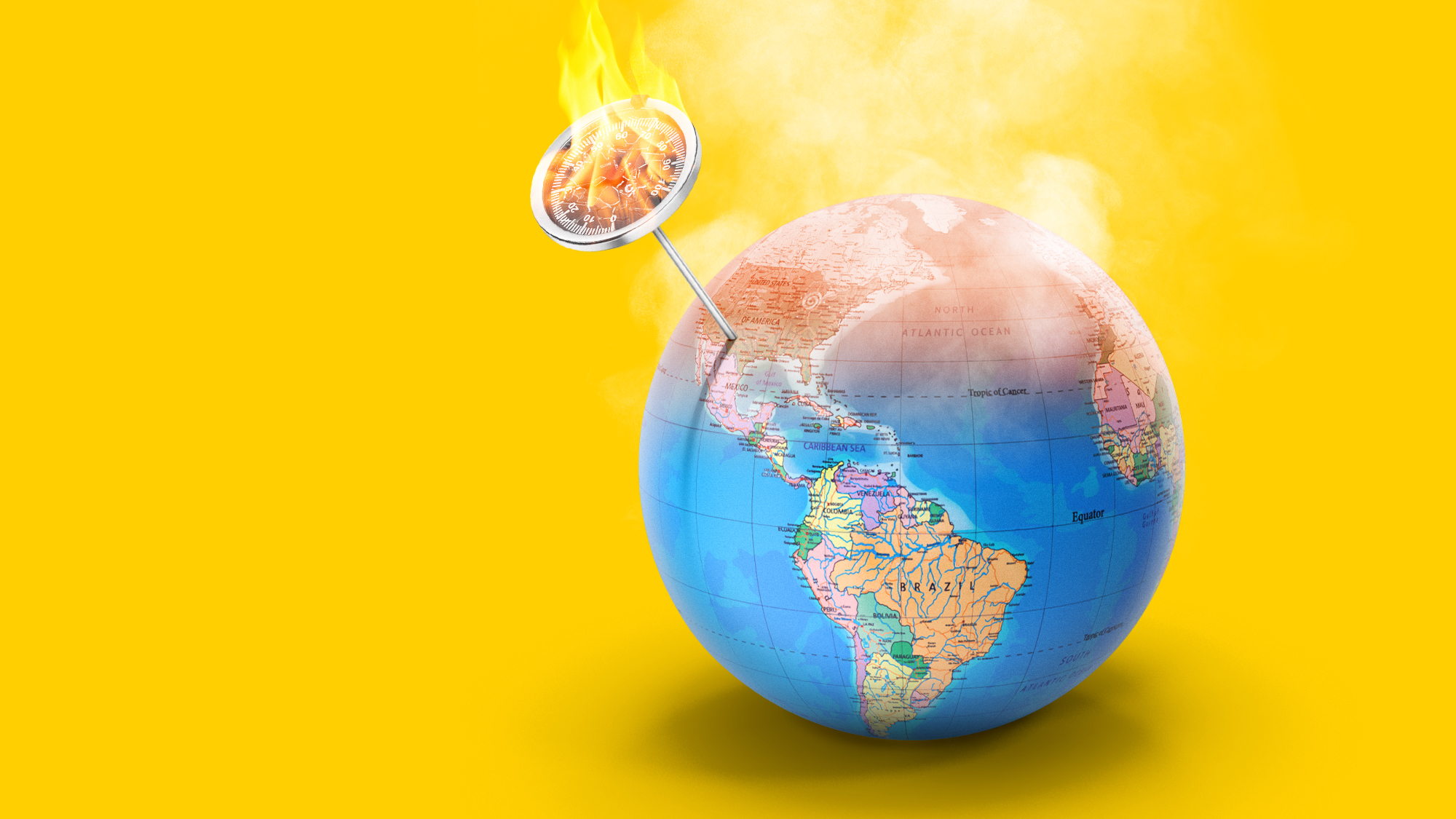 Trump aims to take down ‘global mothership’ of climate science
Trump aims to take down ‘global mothership’ of climate scienceIN THE SPOTLIGHT By moving to dismantle Colorado’s National Center for Atmospheric Research, the White House says it is targeting ‘climate alarmism’
-
 Has Zohran Mamdani shown the Democrats how to win again?
Has Zohran Mamdani shown the Democrats how to win again?Today’s Big Question New York City mayoral election touted as victory for left-wing populists but moderate centrist wins elsewhere present more complex path for Democratic Party
-
 Millions turn out for anti-Trump ‘No Kings’ rallies
Millions turn out for anti-Trump ‘No Kings’ ralliesSpeed Read An estimated 7 million people participated, 2 million more than at the first ‘No Kings’ protest in June
-
 Ghislaine Maxwell: angling for a Trump pardon
Ghislaine Maxwell: angling for a Trump pardonTalking Point Convicted sex trafficker's testimony could shed new light on president's links to Jeffrey Epstein
-
 The last words and final moments of 40 presidents
The last words and final moments of 40 presidentsThe Explainer Some are eloquent quotes worthy of the holders of the highest office in the nation, and others... aren't
-
 The JFK files: the truth at last?
The JFK files: the truth at last?In The Spotlight More than 64,000 previously classified documents relating the 1963 assassination of John F. Kennedy have been released by the Trump administration
-
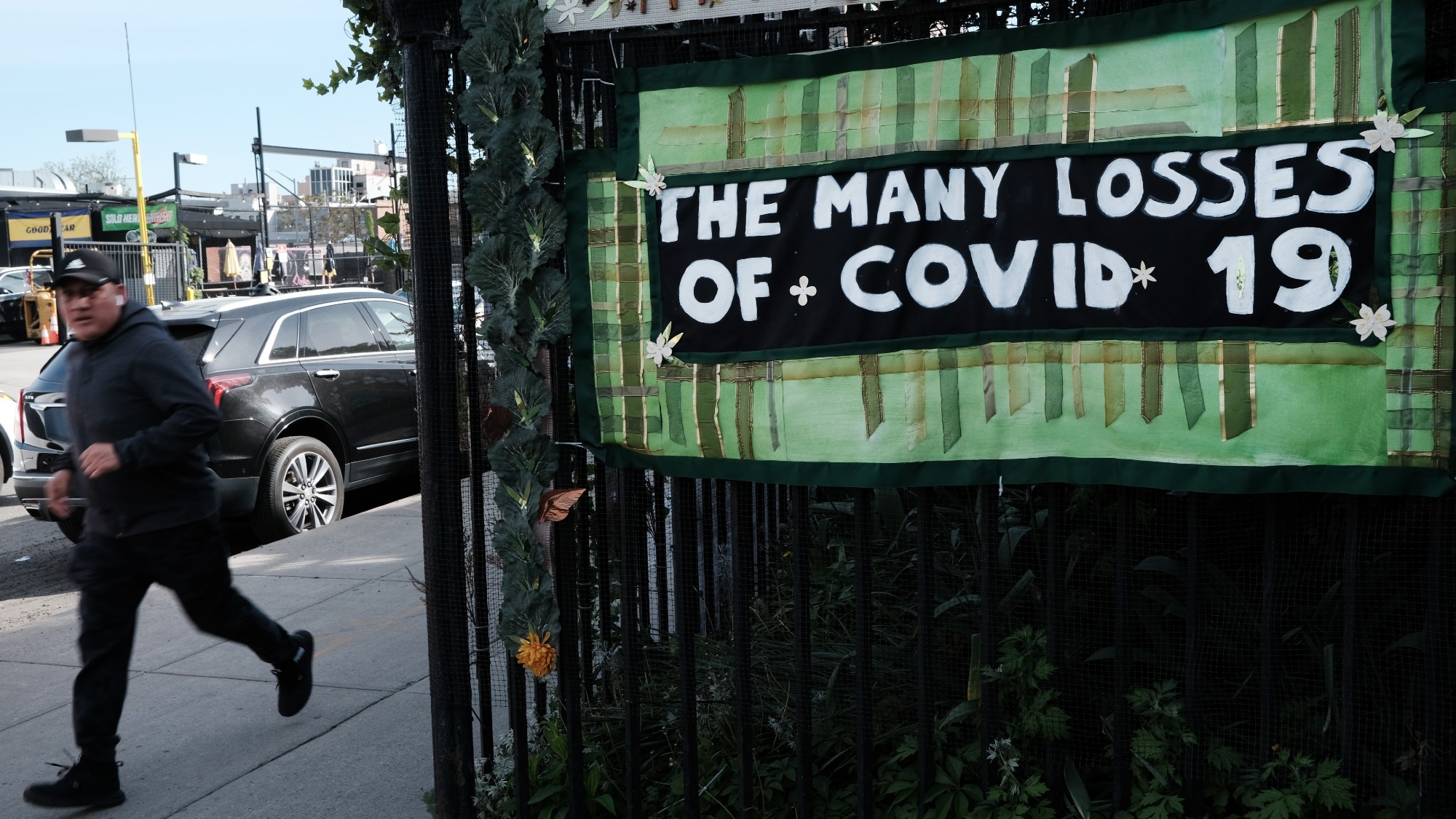 'There is a certain kind of strength in refusing to concede error'
'There is a certain kind of strength in refusing to concede error'instant opinion 'Opinion, comment and editorials of the day'
-
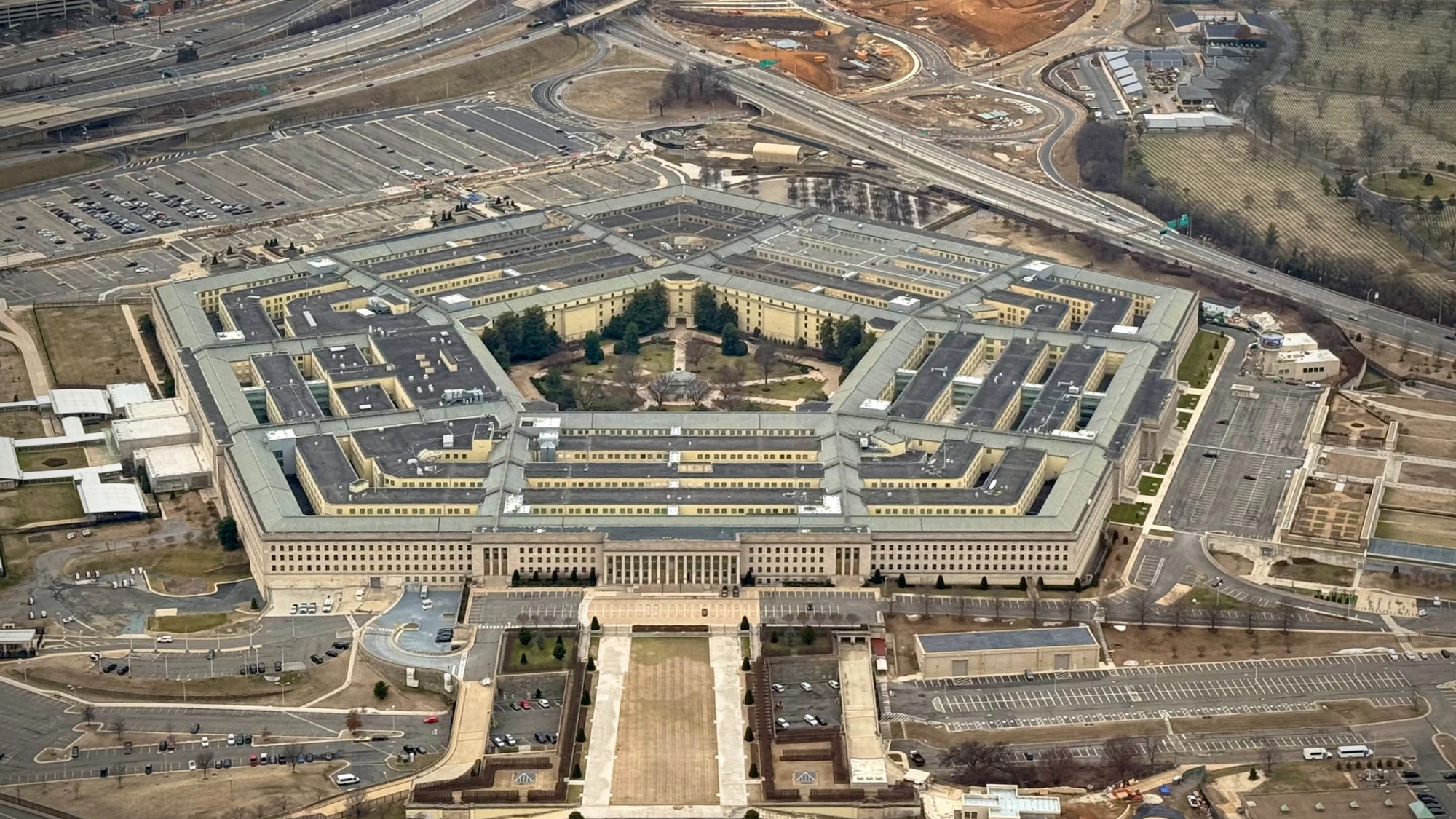 'Most Americans have never heard of the Office of Net Assessment'
'Most Americans have never heard of the Office of Net Assessment'Instant Opinion Opinion, comment and editorials of the day
-
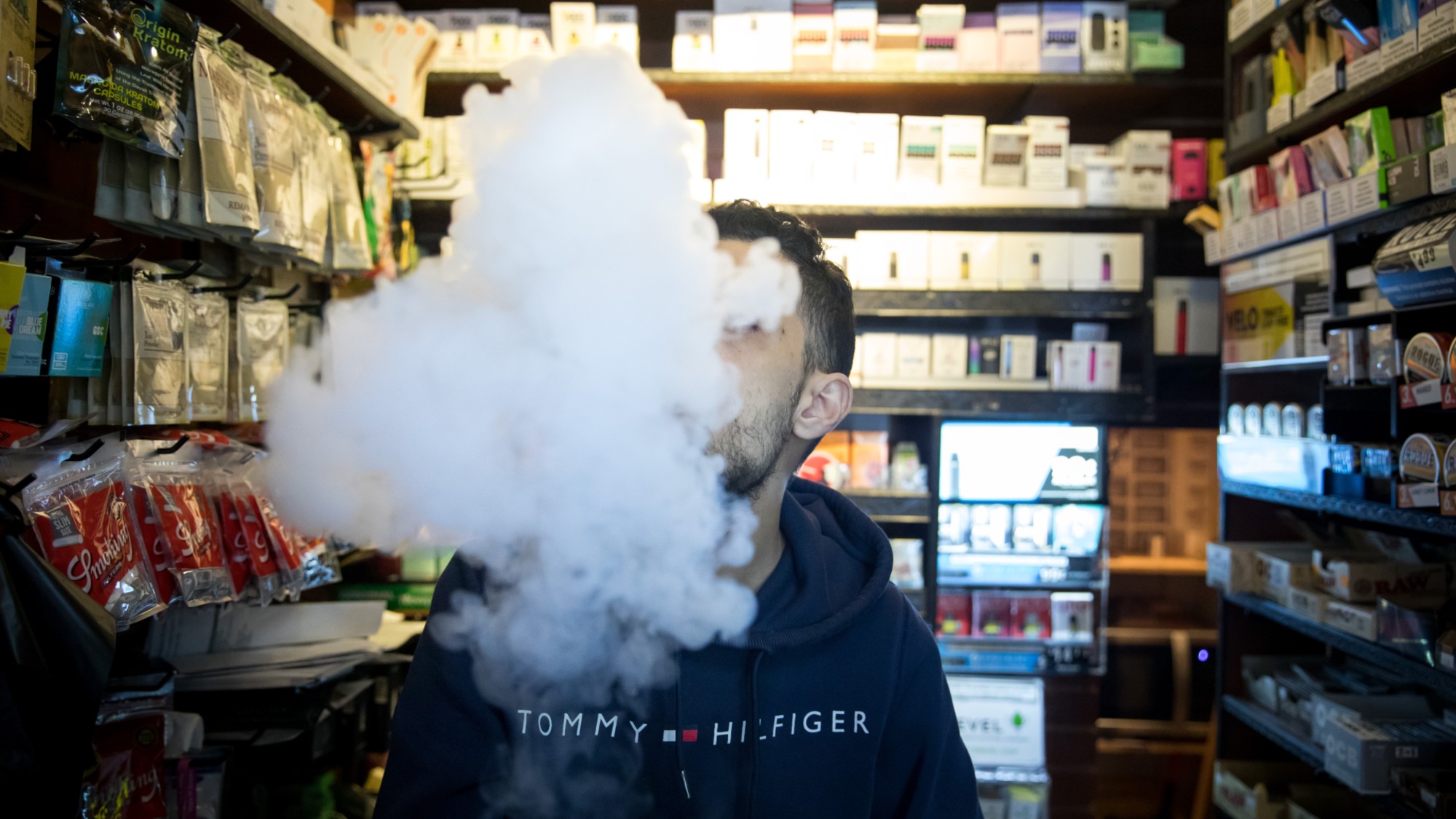 'What Americans really need is access to safer products'
'What Americans really need is access to safer products'Instant Opinion Opinion, comment and editorials of the day
